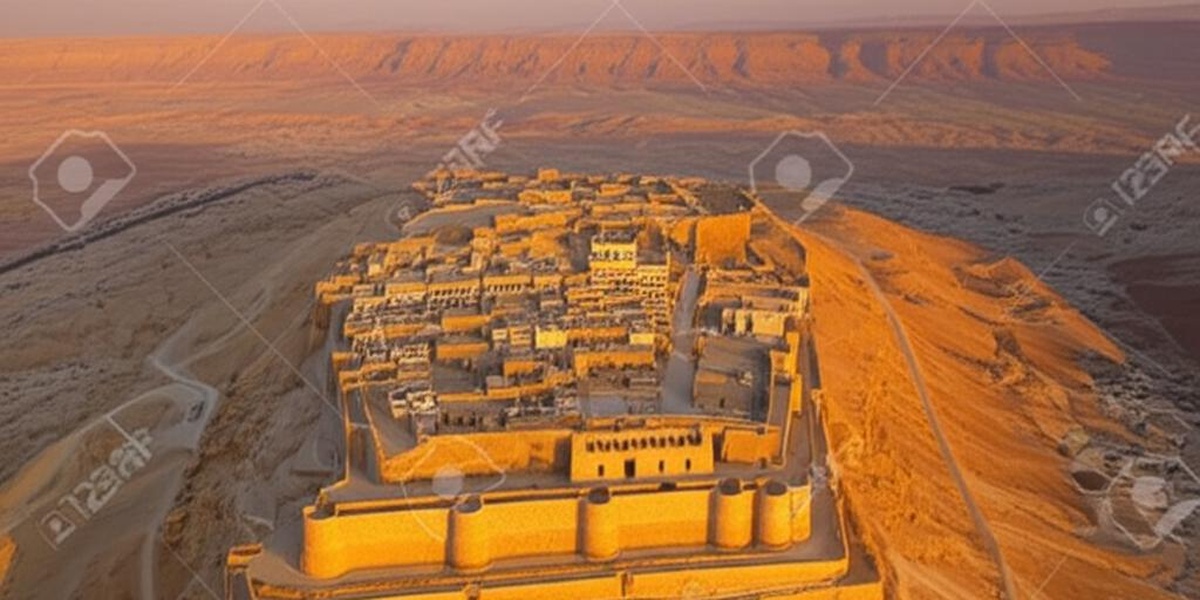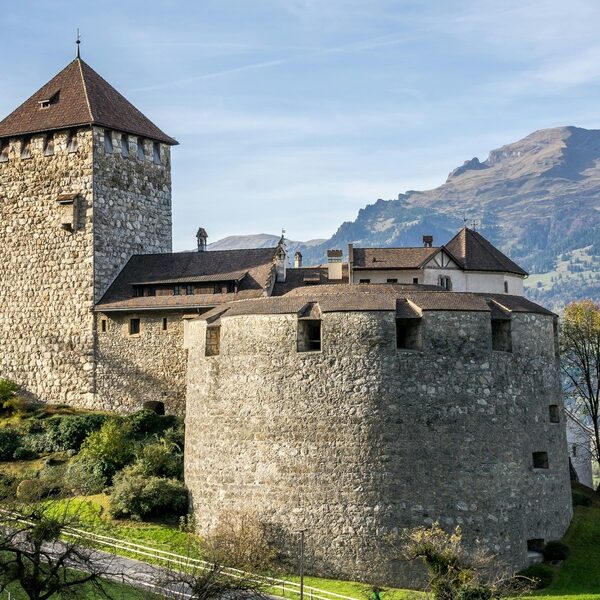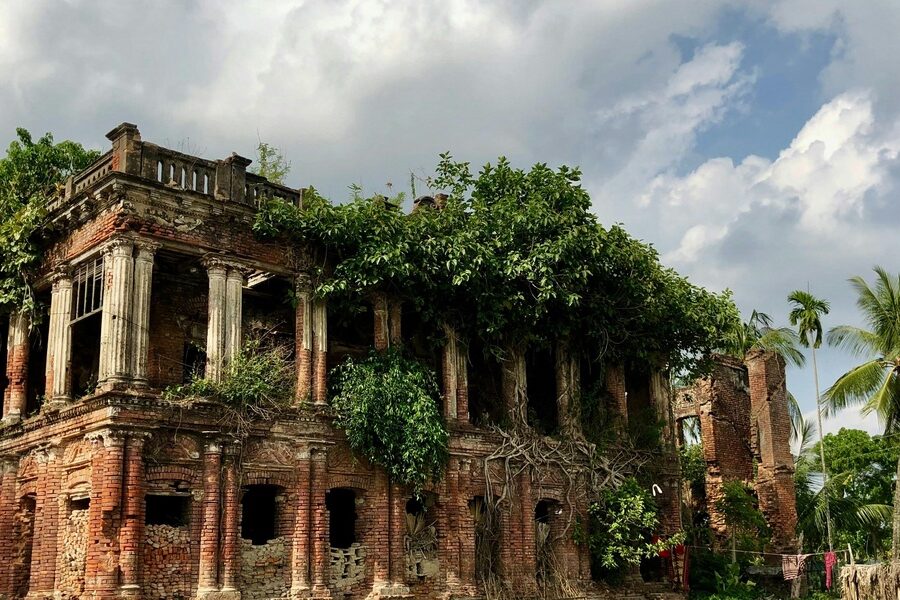Israel is a land woven with millennia of history, diverse cultures, and profound spiritual significance. From ancient ruins that whisper tales of bygone empires to vibrant modern cities, its landscape is a testament to the enduring human story and its unique position at the crossroads of civilizations.
This rich tapestry is globally recognized through a select group of landmarks. There are 9 World Heritage Sites in Israel, ranging from the serene Baha’i Holy Places in Haifa and the Western Galilee to the striking Bauhaus architecture of the White City of Tel-Aviv. For each of these remarkable locations, you’ll find below details on their Designation Year, specific Location, and the UNESCO Criteria under which they were recognized.
What does it mean for a site to be designated a UNESCO World Heritage Site?
Designation as a UNESCO World Heritage Site signifies that a place holds “outstanding universal value” to humanity and is therefore crucial for future generations to preserve. Sites are selected based on strict criteria, encompassing cultural significance (e.g., a masterpiece of human creative genius, important interchange of human values) or natural importance (e.g., exceptional natural phenomena, significant geological processes). This status aims to protect and conserve these irreplaceable treasures.
Is the Old City of Jerusalem a UNESCO World Heritage Site?
Yes, the Old City of Jerusalem and its Walls are indeed inscribed on the UNESCO World Heritage List. It was nominated by Jordan in 1981 and is also on the List of World Heritage in Danger due to issues impacting its conservation. Its designation acknowledges its immense cultural and religious significance to Judaism, Christianity, and Islam, represented by its holy sites, diverse architecture, and historical layers.
World Heritage Sites in Israel
| Site Name | Designation Year | Location | UNESCO Criteria |
|---|---|---|---|
| Masada | 2001 | Judean Desert | Cultural (iii, iv, vi): Symbol of Jewish identity, ancient fortification, and human struggle. |
| Old City of Acre | 2001 | Acre (Akko) | Cultural (ii, iii, v): Exceptionally preserved Crusader town with Ottoman additions above. |
| White City of Tel-Aviv | 2003 | Tel Aviv | Cultural (ii, iv): Outstanding example of early 20th-century town planning and architecture. |
| Biblical Tels – Megiddo, Hazor, Beer Sheba | 2005 | Northern & Southern Israel | Cultural (ii, iii, iv, vi): Tels with biblical connections and sophisticated water systems. |
| Incense Route – Desert Cities in the Negev | 2005 | Negev Desert | Cultural (iii, v): Ancient trade route linking Arabia to the Mediterranean. |
| Baha’i Holy Places in Haifa and the Western Galilee | 2008 | Haifa and Western Galilee | Cultural (iii, vi): Sites of great spiritual significance for the Baha’i faith. |
| Sites of Human Evolution at Mount Carmel | 2012 | Mount Carmel | Cultural (iii, v): Evidence of 500,000 years of human evolution in caves. |
| Caves of Maresha and Bet-Guvrin | 2014 | Judean Lowlands | Cultural (v): “City under a city” of man-made subterranean networks. |
| Necropolis of Bet She’arim | 2015 | Lower Galilee | Cultural (ii, iii): A landmark of Jewish renewal after 70 C.E. |
Images and Descriptions
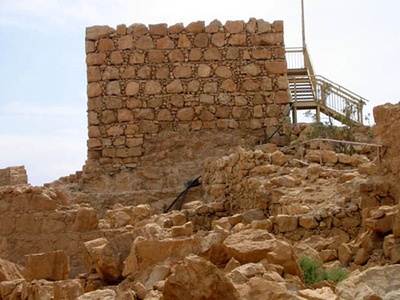
Masada
A rugged natural fortress overlooking the Dead Sea, famous for the siege by Roman troops and its symbolic significance of Jewish cultural identity and the human struggle for freedom.
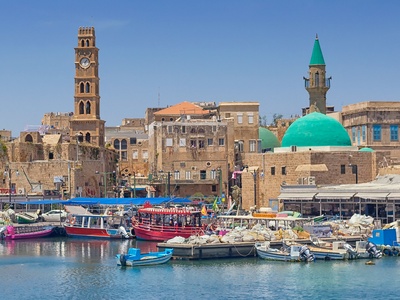
Old City of Acre
A historic walled port-city with continuous settlement since the Phoenician period. Its well-preserved underground Crusader city and Ottoman-era structures create a unique and fascinating urban landscape.
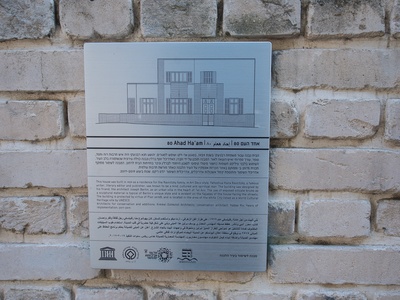
White City of Tel-Aviv
The world’s largest collection of International Style (Bauhaus) buildings. This area showcases the architectural trends of the Modern Movement, adapted to the local climate and culture of the time.
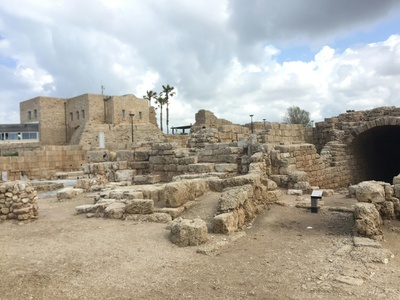
Biblical Tels – Megiddo, Hazor, Beer Sheba
These three ancient mounds (tels) represent cities with strong biblical connections. They feature impressive remains of palaces, fortifications, and ingenious ancient water systems that testify to past civilizations.
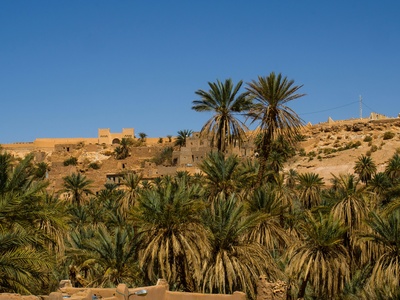
Incense Route – Desert Cities in the Negev
This ancient route includes four Nabatean towns—Haluza, Mamshit, Avdat, and Shivta—which flourished from the 3rd century B.C. due to the lucrative trade of frankincense and myrrh.
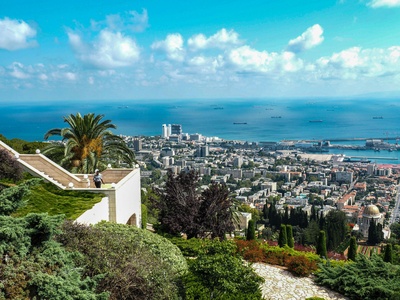
Baha’i Holy Places in Haifa and the Western Galilee
These sites, including the Shrine of the Báb in Haifa and the Shrine of Baháʼu’lláh in Acre, are the holiest places for Baha’i followers and important pilgrimage destinations.
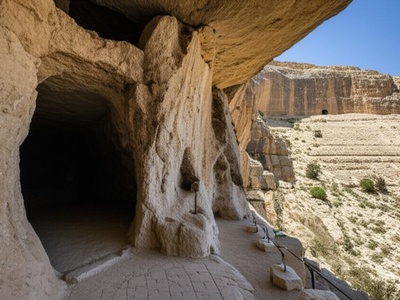
Sites of Human Evolution at Mount Carmel
A series of caves revealing a long sequence of human cultural evolution. Discoveries here provide a definitive timeline for the coexistence of Neanderthals and early anatomically modern humans.
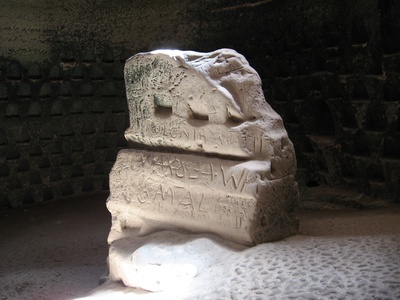
Caves of Maresha and Bet-Guvrin
A vast network of man-made caves in the Judean Lowlands, featuring chambers for various purposes like dovecotes, olive presses, and burial sites, showcasing ancient subterranean life.
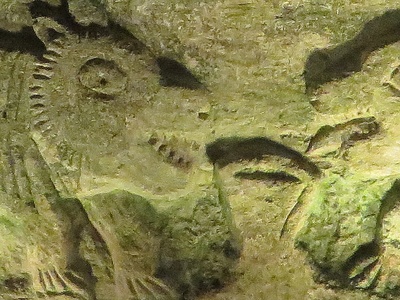
Necropolis of Bet She’arim
An ancient Jewish necropolis featuring a series of catacombs with impressive artwork and inscriptions in multiple languages, reflecting a period of Jewish cultural and spiritual revival after Jerusalem’s fall.

